Pilibhit National Park is a very dense forested sanctuary located in the Pilibhit district of Uttar Pradesh, India. It is known for its unique Terai ecosystem and houses such rare species as the Bengal tiger, swamp deer, and various bird species. Pilibhit was declared a tiger reserve in 2014 and offers a haven for wildlife enthusiasts and nature lovers. Its dense forests, rivers, and grasslands make the park an ideal destination for visitors who seek a scenic retreat with glimpses into the rich biodiversity in India.
Pilibhit National Park Location

Photo: Pixabay / Pexels / Image For Representation Only
Pilibhit National Park is located in Uttar Pradesh, approximately 240 km from Lucknow and about 290 km from Delhi. Nestled near the Indo-Nepal border, the park spans over 730 square kilometres of lush terrain. Its location within the Terai region, known for its marshy grasslands and dense forests, offers a unique landscape that attracts tourists from all over. Pilibhit’s proximity to cities like Bareilly (about 50 km away) makes it a popular choice for day trips and weekend getaways for wildlife enthusiasts in northern India.
Suggested Read: Best Street Food In Vrindavan To Treat Your Buds With The Ultimate Flavours
How To Reach Pilibhit National Park
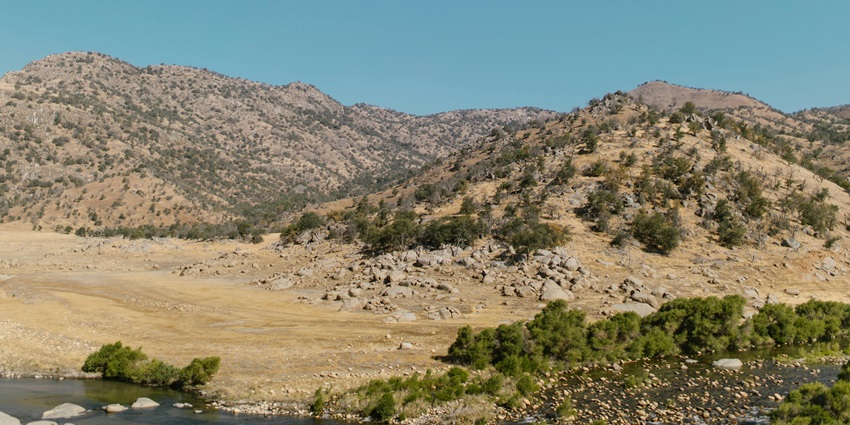
Photo: RDNE Stock project / Pexels / Image For Representation Only
By Air: The nearest airport is Bareilly Airport, about 50 km from Pilibhit. Alternatively, Lucknow Airport is around 240 km away and has better connectivity.
By Road: Pilibhit is well-connected by road, and state buses as well as private taxis operate from cities like Bareilly and Lucknow.
By Rail: The closest railway station is Pilibhit Junction, located about 10 km from the park, with regular trains from major cities like Delhi and Lucknow.
Places To Visit Around Pilibhit National Park
Here are some of the most exciting places for all visitors to visit around the Pilibhit National Park.
1. Chuka Beach
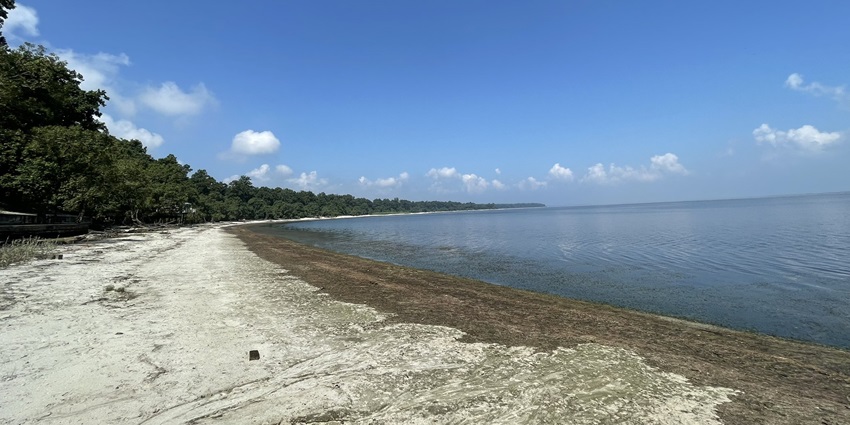
Photo: Voiceofpilibhit / Wikimedia Commons
Chuka Beach is located along the quiet Sharda Canal, near Pilibhit in Uttar Pradesh, and offers a riverside experience amidst lush greenery and silent waters. It is a perfect place for an unhurried retreat to spend some time relaxing, fishing, and enjoying nature at its best. There are also wooden huts that offer overnight stays so tourists can have an authentic feel close to nature. The beach is a good place for boating and other water activities for adventure-seekers. It is the perfect destination for families and solo travellers looking to unwind amidst the calm and captivating natural landscape.
Timings: 24*7
Entry Fee: N/A
Suggested Read: Haunted Places In Varanasi
2. Kishanpur Wildlife Sanctuary
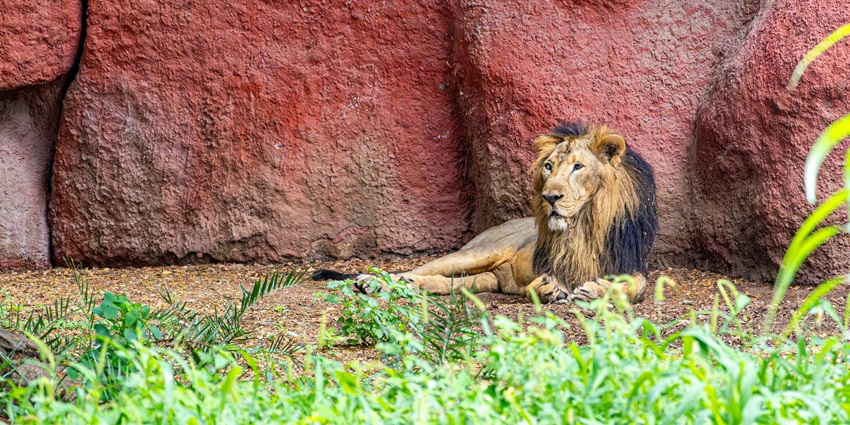
Photo: Regan Dsouza / Pexels / Image For Representation Only
Kishanpur Wildlife Sanctuary is a rich treasure trove for wildlife lovers, located in the Terai region of Uttar Pradesh. It is part of the Dudhwa Tiger Reserve, which boasts its rich flora and fauna, from the Bengal tiger to the swamp deer and other avifauna. The sanctuary includes grasslands, dense forests, and riverine ecosystems that provide an ideal habitat for wildlife. One can go on safaris or nature trails to see the animals in their natural habitats. The pristine environment and the efforts of conservation make it a must-visit for nature lovers and conservationists visiting the region.
Timings: 7 AM – 5 PM
Entry Fee: ₹50
3. Dudhwa National Park
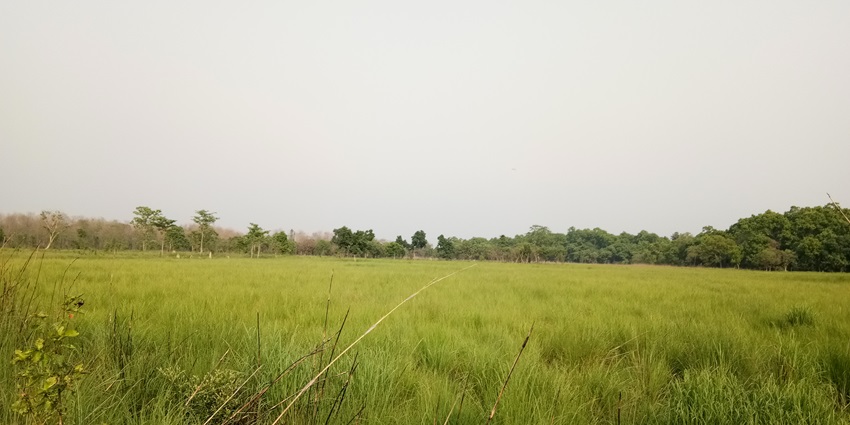
Photo: Rajesh.chansausi / Wikimedia Commons
Dudhwa National Park lies in the Dudhwa Tiger Reserve in the northern Uttar Pradesh state and is among the unknown yet charming sanctuaries in India. There are dense sal forests, grasslands, and marshes that offer abodes to a very diversified fauna, such as tigers, elephants, rhinos, and swamp deer. The park offers truly breathtaking birdlife, numbering well over 400 species. Jeep safaris give visitors an ideal opportunity to experience firsthand a close-up encounter with the rich greenery of the region. Dudhwa is a prized destination in eco-tourism since it has a great interest in wildlife conservation and a distinct ecosystem.
Timings: 6 AM – 5 PM
Entry Fee: ₹100
Suggested Read: Explore These Popular Places To Visit Near The Taj Mahal For A Unique Experience
Where To Stay

Photo: Pixabay / Pexels / Image For Representation Only
Accommodation options near Pilibhit National Park include budget lodges and mid-range hotels in Pilibhit town, such as Pilibhit Club and Hotel Sonia. Some hotels offer scenic views and easy access to the park. For a more rustic experience, visitors can opt for forest rest houses within the park area. A few eco-resorts in the Terai region near the park offer immersive experiences with nature and are ideal for visitors seeking tranquillity.
Where To Eat

Photo: fuseviews / Unsplash / Image For Representation Only
Pilibhit offers several dining options where you can enjoy authentic North Indian cuisine. Local restaurants serve traditional dishes like kadhi-chawal, parathas, and seasonal curries made with locally sourced ingredients. Eateries near the park provide vegetarian and non-vegetarian options, along with some snacks like samosas and pakoras. For a wider selection, visitors can head to Bareilly, about 50 km away, where more varied dining options, including street food, are available.
Suggested Read: Best Places To Visit In Ayodhya For A Memorable Experience
Best Time To Visit
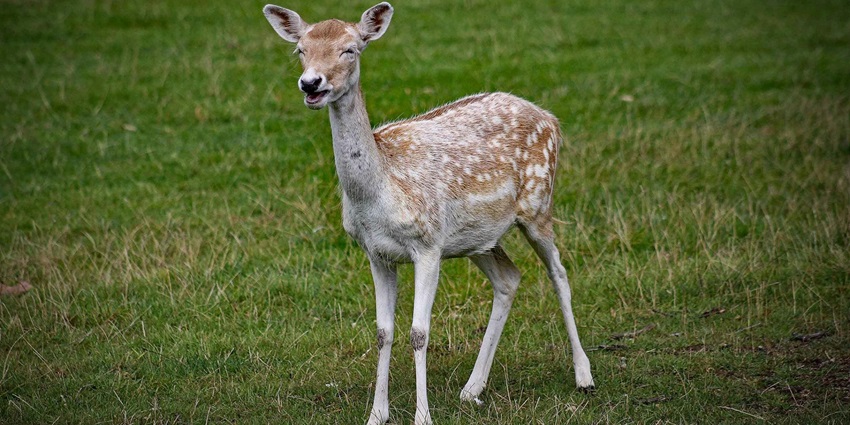
Photo: Tania Ford / Pexels / Image For Representation Only
The best time to visit Pilibhit National Park begins in November and lasts till March, as the weather is comfortable and perfect for observing wildlife. During these months, temperatures range from 10°C to 25°C, making it comfortable for exploring the park. The summer months (April to June) can be hot, while the monsoon season (July to September) brings heavy rains, which enhances the lushness but may limit accessibility to some parts of the park.
Other Things To Consider
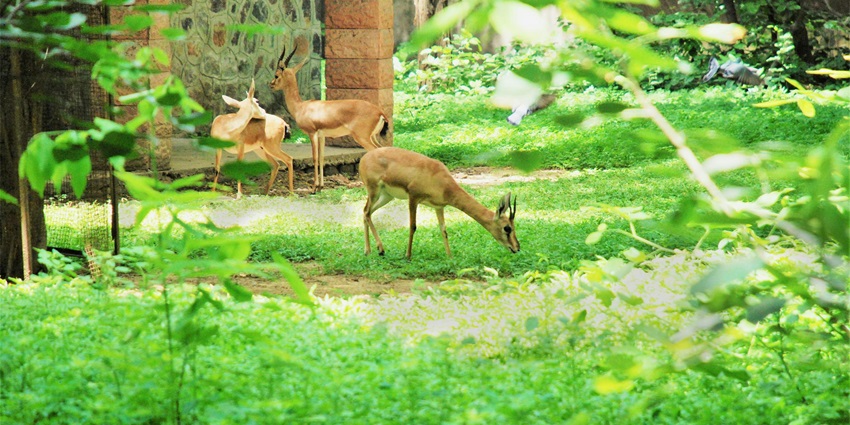
Photo: Abhinav Mishra / Pexels / Image For Representation Only
Average Cost Of The Trip
A trip cost to Pilibhit National Park, including accommodation, meals, and transportation, generally costs between ₹4,000 to ₹7,000 for a two-day trip. Budget accommodations and local eateries make it affordable for most travellers. There is a minimal entry fee for the park and surrounding areas, allowing travellers to explore the destination without high costs.
For those opting for guided safaris or premium accommodations, expenses may rise to around ₹12,000 to ₹15,000. Foreign tourists should anticipate slightly higher transportation costs and local expenses due to travel requirements.
Tips For Travellers
- Wear Comfortable Footwear: The terrain is often uneven, so sturdy shoes are recommended.
- Carry Water And Snacks: Limited food options are available inside the park.
- Plan For A Day Arip: Most of the park can be explored in a few hours; plan accordingly.
- Hire A Local Guide: Local guides offer valuable insight into the park’s biodiversity.
- Check The Weather: Avoid monsoon visits, as paths can be challenging to navigate.
Suggested Read: Prominent Places To Visit In Barsana For A Memorable Experience
Pilibhit National Park offers a pristine retreat into the heart of the Terai region, with its diverse ecosystem and peaceful surroundings. Whether you’re a wildlife enthusiast, a bird watcher, or simply in search of a refreshing escape, the park’s natural beauty and tranquil environment make it an ideal destination. Book your tour with TripXL and embark on an unforgettable journey through one of India’s most unique landscapes.
Cover Photo: Pixabay / Pexels / Image For Representation Only


 WhatsApp
WhatsApp
 Twitter
Twitter









